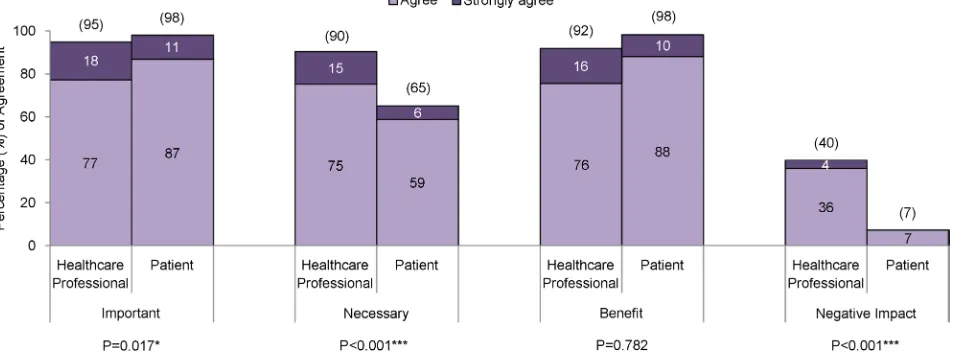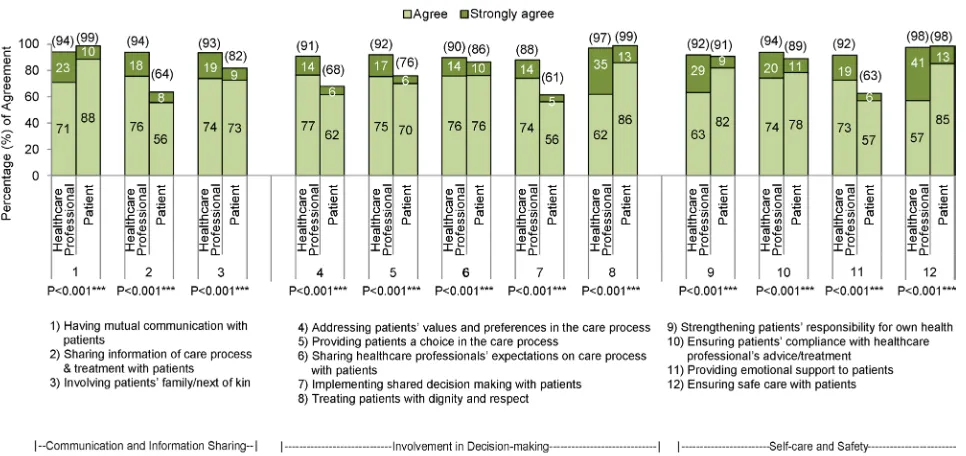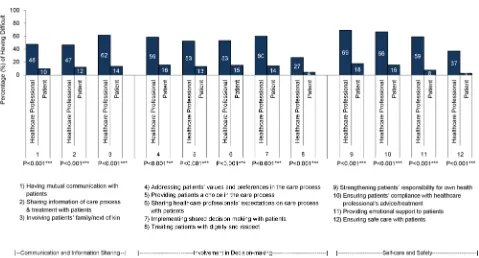Views and Experience on Patient Engagement in Healthcare Professionals and Patients—How Are They Different?
Full text
Figure




Related documents
Twenty-five percent of our respondents listed unilateral hearing loss as an indication for BAHA im- plantation, and only 17% routinely offered this treatment to children with
The results clearly reveal that in the study part having three types of lineaments were present namely Geographic lineaments- ridge parallel, Structural lineament- Dykes,
19% serve a county. Fourteen per cent of the centers provide service for adjoining states in addition to the states in which they are located; usually these adjoining states have
The aim of the study was to assess the presence of pathogenic microbes on treatment tables in one outpatient teaching clinic and determine a simple behavioral model for
It was decided that with the presence of such significant red flag signs that she should undergo advanced imaging, in this case an MRI, that revealed an underlying malignancy, which
Also, both diabetic groups there were a positive immunoreactivity of the photoreceptor inner segment, and this was also seen among control ani- mals treated with a
The total coliform count from this study range between 25cfu/100ml in Joju and too numerous to count (TNTC) in Oju-Ore, Sango, Okede and Ijamido HH water samples as
Aim: The aim of this study was to determine the prevalence of GBS colonization among HIV positive and HIV negative pregnant women in relation to CD4 cell
